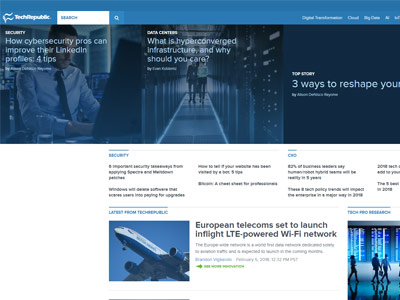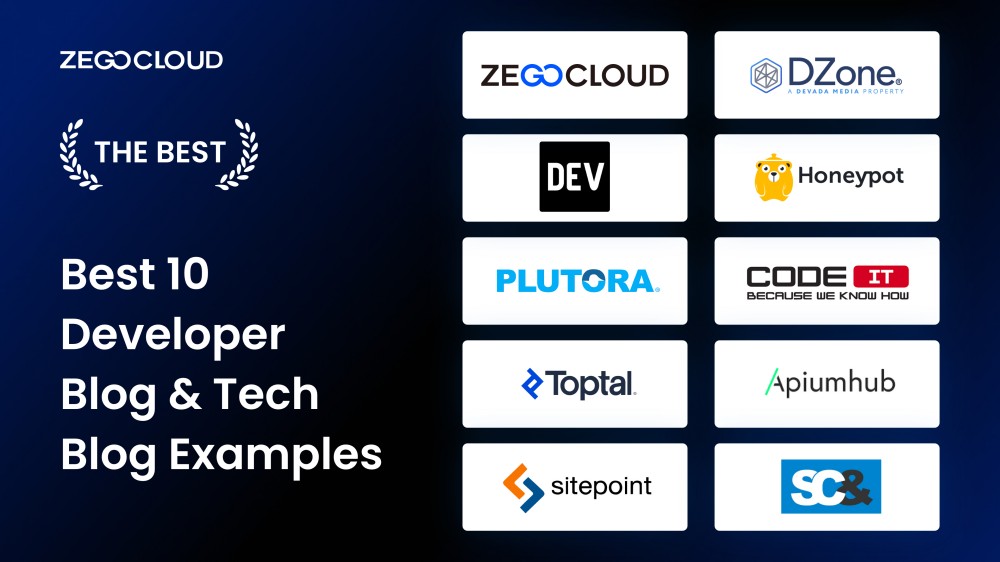Why the Best tech blog is Your Go-To Source for Expert Reviews and Insights
Why the Best tech blog is Your Go-To Source for Expert Reviews and Insights
Blog Article
Comprehending the Increase of Side Computing in Today's Digital World
In the swiftly progressing landscape of innovation, edge computing becomes a critical force, improving exactly how data is processed and used. This paradigm shift is driven by the spreading of IoT gadgets and an escalating need for rapid data handling. By transitioning data management closer to the source, side computer addresses essential latency concerns while optimizing data transfer use and improving safety and security measures. As markets pivot in the direction of smarter, a lot more effective systems, recognizing the nuances and ramifications of this technological development comes to be essential. What does this mean for future advancements and the electronic ecological community as a whole?
What Is Edge Computer
Edge computer, although a fairly current improvement in the realm of technology, basically transforms how data is refined and handled by bringing calculation and information storage closer to the place where it is needed. Unlike standard cloud computing versions, which commonly depend on centralized information centers that can be geographically distant, side computer decentralizes data handling. This distance minimizes latency, enhances real-time data processing, and enhances the overall customer experience by making sure faster feedback times.
At its core, edge computing involves a network of localized devices and facilities, such as portals, routers, and sensing units, efficient in processing data at or near the resource. This local processing capacity is particularly crucial for applications calling for immediate data evaluation, such as independent vehicles, commercial automation, and wise cities. Furthermore, by unloading data processing tasks from central web servers, edge computing lowers data transfer requirements and improves data personal privacy and protection, as sensitive information can remain on-site as opposed to traversing extensive networks.

Key Motorists of Fostering
A number of factors are thrusting the adoption of side computing in today's electronic landscape. Among the key chauffeurs is the rapid boost in linked devices, often referred to as the Internet of Points (IoT) This surge creates substantial quantities of information that require to be processed quickly and effectively. Side calculating addresses this requirement by allowing information handling closer to the data resource, lowering latency and boosting real-time decision-making capacities.
Another considerable driver is the demand for boosted transmission capacity effectiveness. Central cloud systems can end up being overwhelmed with the sheer quantity of data created by IoT tools, resulting in traffic jams (Best tech blog). By processing information at the edge, companies can relieve network congestion and improve overall system performance
Moreover, safety and privacy problems are pressing organizations toward side computer. By processing sensitive data locally, business can reduce dangers linked with information transmission and direct exposure to prospective cyber threats.
The rise of applications needing real-time handling, such as independent vehicles and augmented reality, additionally necessitates the rapid action times that border computing provides. Collectively, these vehicle drivers are making edge computing a crucial component of modern-day IT facilities, leading the way for its prevalent adoption across various sectors.
Benefits Over Cloud Computing
Just how does edge computing differentiate itself from standard cloud computer? Largely, side computer brings data processing closer to the resource of data generation, frequently on neighborhood tools or nearby web servers, rather than counting on centralized data.
Additionally, edge computer boosts transmission capacity efficiency (Best tech blog). By refining data in your area, just the essential information is transmitted to the cloud for further evaluation or storage space, minimizing the quantity of information that goes across the network. This not just relieves network blockage yet also reduces data transmission costs
Side computing likewise uses improved information personal privacy and safety and security. Delicate data can be processed in your area without being sent out to the cloud, minimizing the direct exposure to potential cyber dangers. This linked here is particularly helpful for fields taking care of secret information, such as health care and economic services.
Additionally, side computing ensures higher resilience and integrity. Local processing permits for continued procedure even when connectivity to the cloud is jeopardized, keeping essential functions and services regardless of prospective network interruptions. These advantages collectively show edge computer's transformative potential in maximizing efficiency and security in electronic communities.
Considerations and difficulties
While side computing provides countless benefits, it additionally offers one-of-a-kind challenges and factors to consider that need to be addressed to fully recognize its capacity. Additionally, handling and keeping an eye on a decentralized network of edge devices can be complex, calling for sophisticated devices and methods to make certain smooth operation and maintenance. Best tech blog.
Another consideration is the scalability of edge computing options. As the number of linked devices expands, so does the demand for processing power at the side, which can lead to source constraints. Organizations needs to thoroughly prepare their facilities to suit this development without compromising efficiency or efficiency.
Interoperability is another essential variable. With various equipment and software program parts included, making sure compatibility and smooth integration can be difficult. Standardization efforts are necessary to assist in interaction between inconsonant systems.
Future Patterns in Side Computing
Preparing here for the future, edge computer is poised to change numerous markets by enabling much faster data handling and lowering latency. As the quantity of data created by IoT devices proceeds to grow, edge computing will come to be progressively important in managing this influx successfully. One substantial fad is the integration of synthetic knowledge at the side, enabling real-time analytics and decision-making without counting on cloud-based resources. This shift is expected to improve applications in autonomous cars, wise cities, and health care, where immediate information processing is crucial.
An additional emerging pattern is the you could look here development of edge-native applications created especially to leverage the distinct capabilities of side computer. These applications will certainly maximize efficiency and source usage, causing increased performance throughout various fields. Furthermore, advancements in 5G innovation will better reinforce side computing by giving the essential infrastructure for high-speed, low-latency communication in between gadgets and side nodes.
Verdict
Edge computing's increase is driven by the proliferation of IoT devices and the demand for real-time data processing, which enhances performance by decreasing latency and decentralizing information administration. This approach alleviates data transfer ineffectiveness and safety problems, promoting innovations in applications like autonomous vehicles and wise cities. Regardless of obstacles such as framework complexity and assimilation, the future of side computing assures an extra responsive electronic ecological community, with proceeded advancements forming its development and increasing its applicability throughout sectors.
Side computing, although a fairly current development in the realm of technology, fundamentally changes how information is processed and handled by bringing computation and information storage closer to the location where it is required. Unlike traditional cloud computer designs, which often rely on centralized information facilities that can be geographically distant, side computing decentralizes data handling. Additionally, by offloading data processing tasks from central servers, side computing lowers data transfer needs and enhances information privacy and safety, as delicate details can remain on-site rather than going across substantial networks.

Report this page